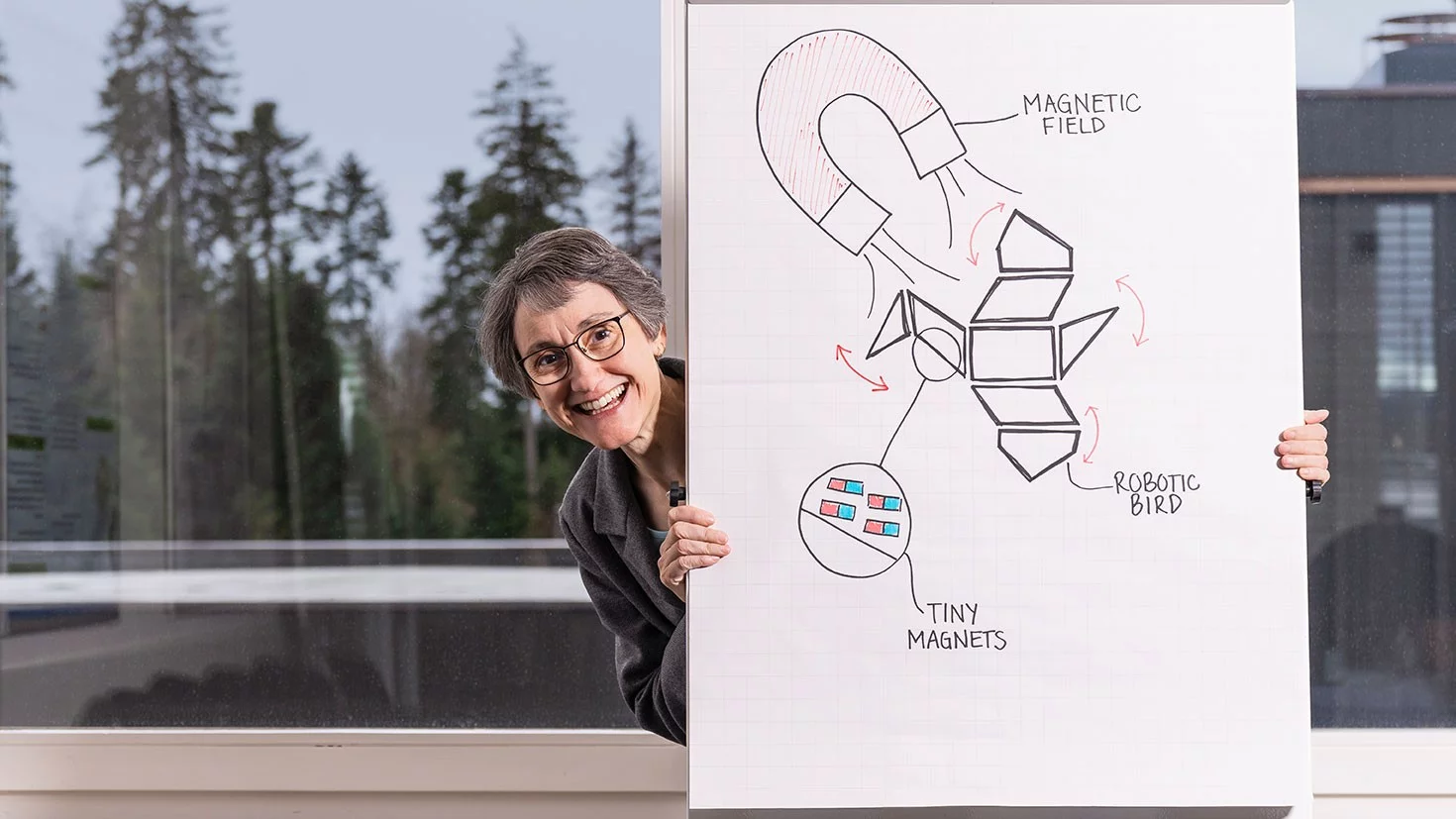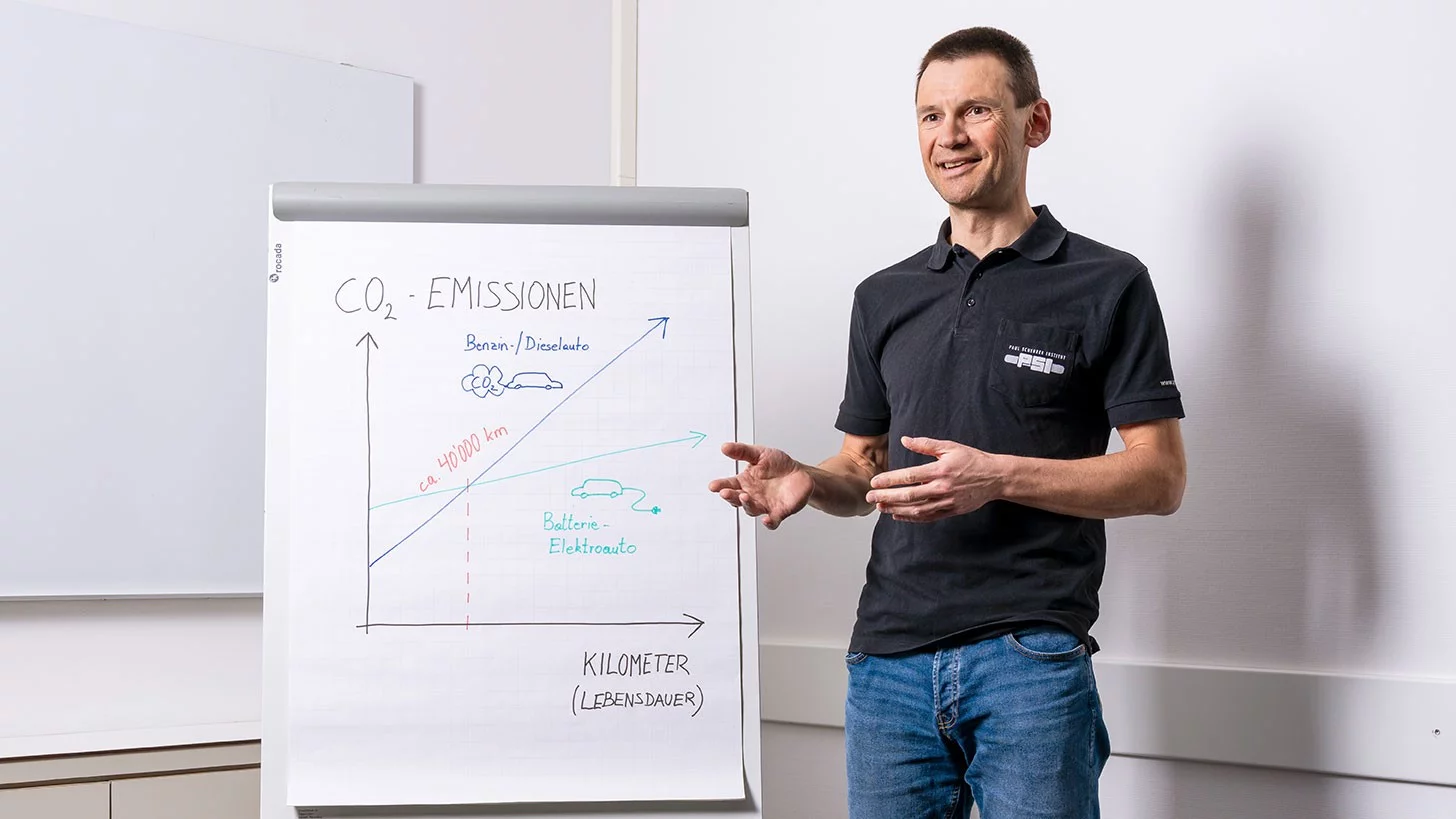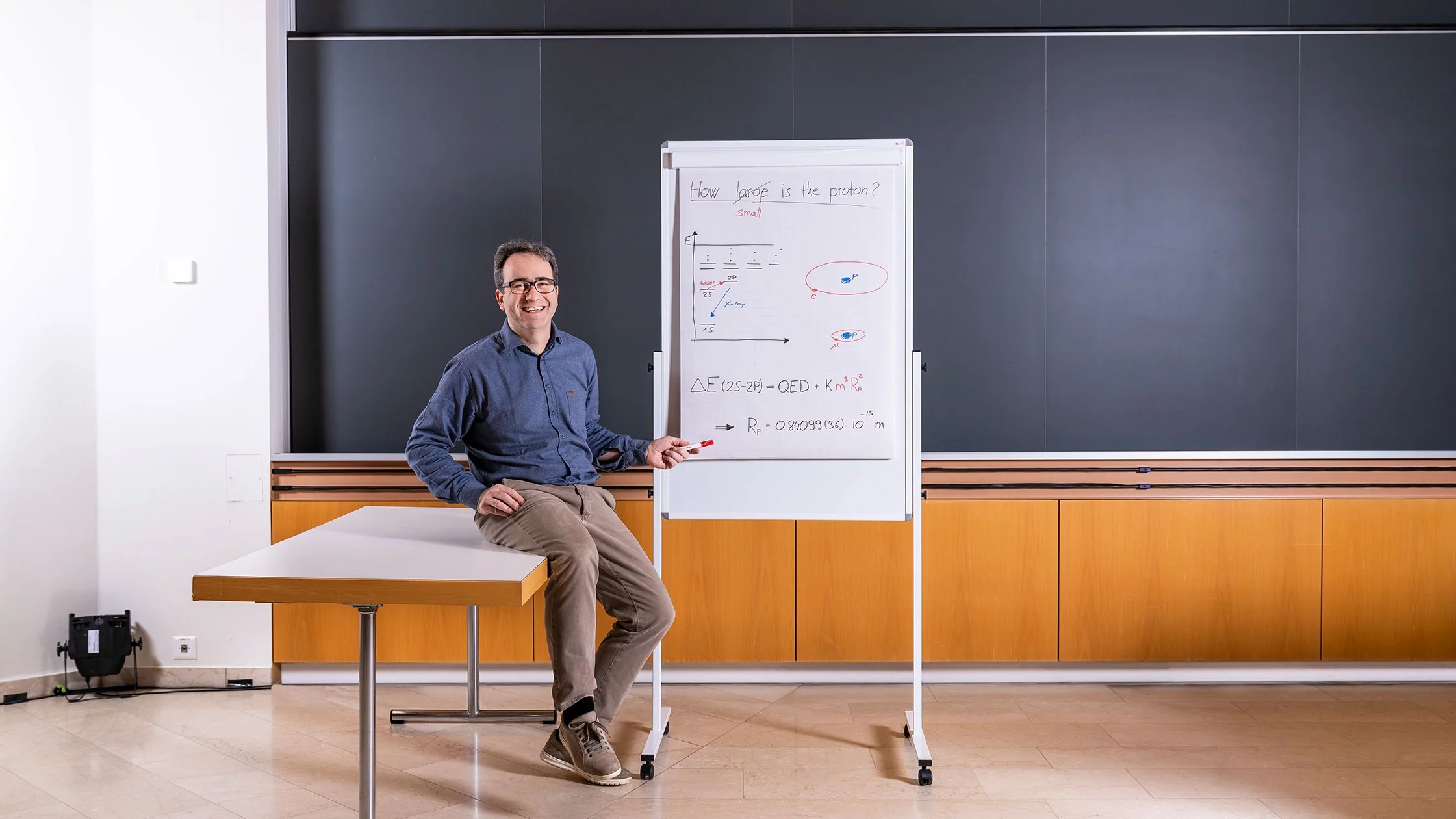The research carried out at PSI tends to be extremely complex and often difficult to describe. We gave researchers a tricky assignment: Sketch the basic idea of your research in a simple drawing. They produced clever results with flair, which give a better idea what it’s all about than a thousand words would. See for yourself.
Radiopharmaceuticals
Cristina Müller does research at the Center for Radiopharmaceutical Sciences. Radiopharmaceuticals are radioactive substances that are injected into the blood stream to fight cancer cells. The molecules are constructed in such a way that one part, the ligand, docks onto the surface of tumour cells, like a key in a lock. Another part carries the drug, a radioactive atom that emits electrons during radioactive decay. In the tumour cell these form aggressive radicals, highly reactive substances that attack and destroy the cancer cell’s genetic material. Her goal is to develop radiopharmaceuticals that target and kill tumour cells more precisely and thus prevent the formation of metastases.
Intelligent microrobots
Laura Heyderman, head of the research group for Mesoscopic Systems at PSI and professor at ETH Zurich, develops micromachines like the robotic bird sketched in the middle of this drawing. These mini-machines can perform a variety of actions. For this, researchers magnetically program tiny magnets in components of the microrobot and then use a magnetic field to control the various movements. Such machines, measuring just a few tens of micrometres, could one day be put to work in medicine, for example to carry out small operations in the human body.
Carculator
“Electric is already the right choice today,” Christian Bauer said around four years ago. The scientist works in the Laboratory for Energy Systems Analysis at PSI and specialises in life cycle and sustainability analyses. He and his team developed the web tool Carculator, which compares the environmental performance of passenger cars in detail. The program determines the ecological balance of vehicles with different size classes and powertrains, and presents the results in comparative graphs. The entire life cycle of passenger cars is taken into account, including vehicle manufacture as well as environmentally relevant emissions while driving.
The proton radius
How big is the proton radius (Rp )? To a large extent, this question defines the research career of Aldo Antognini, a scientist in the Laboratory for Particle Physics. In the early 2000s he carried out initial experiments in a way that is only possible at PSI, because his research approach requires an adequate supply of slow muons, and this is the only facility worldwide where these are available in such quantities. The principle: the electron (e), which orbits the proton (p), is replaced by a muon (μ). Negative muons are elementary particles similar to electrons, but 200 times heavier. This means the muon orbits closer to the proton, and the proton has a stronger effect on the muon. Antognini’s approach has made it possible to determine the proton radius more precisely than ever. The result: our model of the atomic structure, the fundamental interactions between elementary particles and the proton structure are being put to the test and need to be more precise.
Structural change
Valérie Panneels is a scientist in PSI’s Laboratory for Biomolecular Research and investigates what happens when light hits our eyes. These processes are among the very fastest that happen in nature, involving changes that occur within a fraction of a billionth of a millionth of a second. These can be examined only at large research facilities such as the X-ray free-electron laser SwissFEL at PSI. The ocus is on the protein rhodopsin, a light receptor, and its component retinal, a molecule that deforms when exposed to light. The biochemical processes that are triggered through structural changes in the retinal are to be studied down to the last detail and, if possible, recorded at SwissFEL in a kind of ultrahigh-resolution video. This should help researchers fully understand how these light-sensitive proteins work.
More articles on this topic
With pad, pencil, and algorithms
Physicist Dominik Sidler is developing fundamental theories for previously inexplicable phenomena.
Soldering on a big stage
Whoever makes it onto the podium here is one of the world's best professional talents: PSI electronics engineer Melvin Deubelbeiss won the silver medal at WorldSkills 2024.
Master of the flow
Even as a student, Athanasios Mokos was excited by the dynamics of fluids. Today at the Paul Scherrer Institute PSI, he models complex processes such as the formation of deposits on reactor fuel rods.









